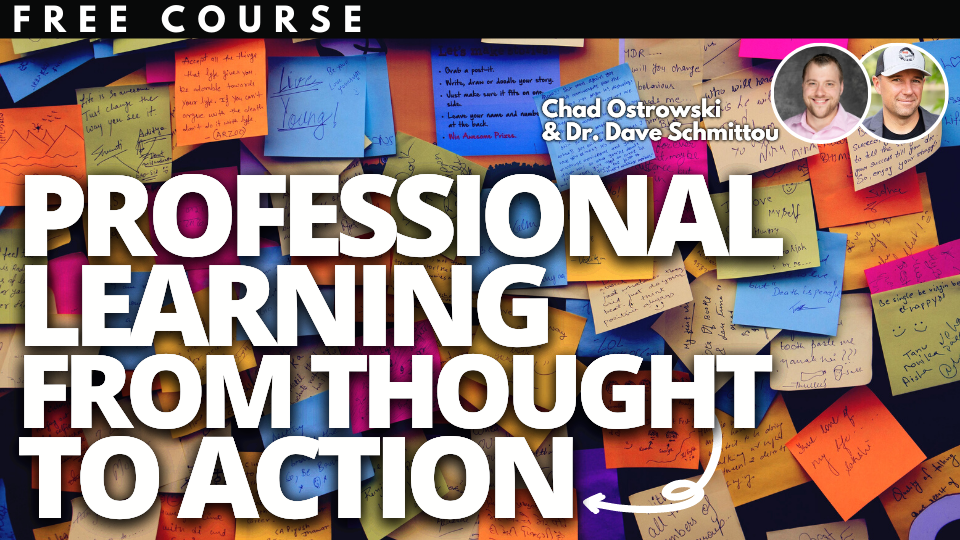TL;DR:
- Set teachers up for success by limiting the number of new educational initiatives.
- Allow for flexibility with what is being introduced and how it is being used.
- Provide teachers with adequate time and support for them to be successful.
Click here to watch Chad’s vlog on this topic!
Let’s Be Honest…
Getting instructional or educational initiatives off the ground can be difficult. One of the biggest stressors for teachers and a reason they fail is that too many expectations are thrust upon staff. These expectations are unclear and don’t provide enough support to ensure success. While it can be challenging, let’s discuss 3 ways we can still move the needle for instruction while keeping staff happy and productive!
Oftentimes, it's the support, follow-up, and additional coaching that move the needle most. When teachers try new things, they need to be supported. Click To TweetEducational Initiatives Tip #1: Keep It Simple.
It sounds easy enough, right? However, more common than not, I see a huge number of disjointed ideas thrown at teachers at the same time. It can’t be about sharing dozens of concepts and hoping one sticks. Trying to narrow down your instructional goals to 3-5 easy-to-look-for strategies can make things more manageable. These 3-5 topics, strategies, or items can make planning your training, development, execution, and accountability more streamlined and focused. This also allows the practice within the shared strategies to be the focus. It helps frame and guide professional discussions.
Educational Initiatives Tip #2: Be Flexible.
Instead of focusing on a single initiative, resource, or tool, focus on practice and instructional strategies that can be implemented based on individual teachers’ skills and style. While it’s ok to utilize initiatives, sometimes providing general expectations of practice is conducive to much more productive discussions and conversations. This flexibility is an asset. And even if you’re providing specific tools or resources, the focus should be on the practice or instructional strategies within. This can also empower teachers to meet your expectations in ways you may not have thought of as an instructional leader.
[scroll down to keep reading]Educational Initiatives Tip #3: Provide Support.
Don’t get trapped in the “one and done” mentality. I’m sorry to say that even when we do training, we don’t expect a single session, day, or workshop to be the last step in any instructional improvement process. Oftentimes, it’s the support, follow-up, and additional coaching that move the needle most. When teachers try new things, they need to be supported. They need time and proper training. They need ongoing help to ensure that when they try new things, they have the resources to be successful. Additionally, when you increase support, you can also increase expectations. This sequence is vital to keeping teachers moving in the right direction.
Regardless of your next step in improving instruction in your classroom, school, or building, think about these 3 things to ensure it’s a successful one!
About Chad Ostrowski
Chad Ostrowski is the co-founder of the Teach Better Team, and creator of The Grid Method. He is also a co-author of the Teach Better book. But Chad is a middle school science teacher at heart. He now travels the country sharing his story, working with teachers, schools, and districts to help them to reach more students. Chad is also a member of the Teach Better Speakers Network.




